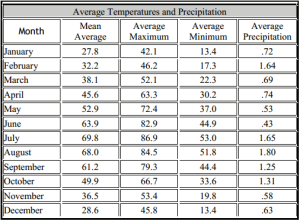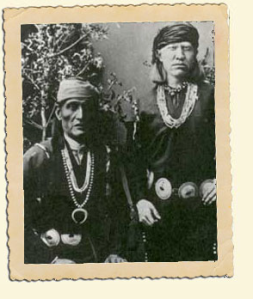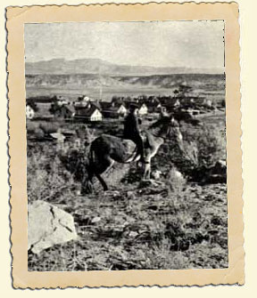The Great Plains of North America, according to Chapter 11, has the highest percentage of elderly population barring retirement destinations like Florida, Arizona, Texas and other communities. Younger people are attracted to big cities because of economic, cultural and educational opportunities not offered in this mostly rural region. The relocation of the younger population has created social problems to the region. Healthcare in the area has suffered the most with the outer migration of the younger populace. With less people to service, doctors, veterinarians, and pharmacists become scarcer and the remaining population must travel longer distances to access care. The closure of churches, small businesses, and social services also negatively impact the quality of life among the growing elderly population. Contrary to the Great Plains, Gallup, New Mexico largest age demographic starts at 18 and over, accounting for 72 percent of the population. The median age in Gallup is 31. 1 years old. The aged 65 and older population in Gallup is comparatively small at only 8.9 percent. About 25.1 percent of individuals age 65 and older have incomes below the poverty level in 2010.
Younger generations are promoters of change in Gallup and other Native American communities. “Idle No More” rallies to ensure basic rights are protected for the First Nations in the United States and Canada.

Idle No More rally movement in the city of Gallup, New Mexico.
Reference
1. Hardwick, S. W., F. M. Shelley, and D. G. Holtgrieve. The Geography of North America: Environment, Political Economy, and Culture. 2. Upper Saddle River, NJ: Pearson Prentice Hall, 2008. Print
2.US News Money http://money.usnews.com/money/retirement/slideshows/10-places-where-retirees-live-in-poverty/3
3. University of New Mexico Bureau of Business and Economic Research Economic Assessment of Gallup http://bber.unm.edu/pubs/MAINSTREET_Gallup.pdf

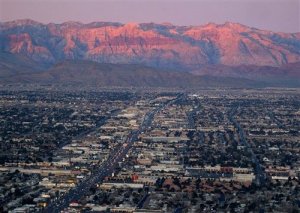

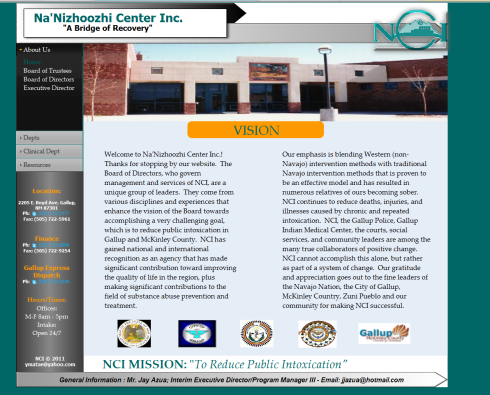


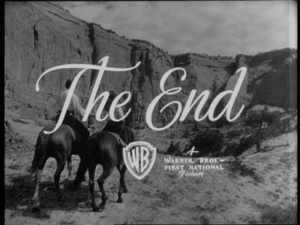
![2013-05-08 09_14_35-gi6302008.doc [Read-Only] [Compatibility Mode] - Word](https://geog321gallupnm.files.wordpress.com/2013/05/2013-05-08-09_14_35-gi6302008-doc-read-only-compatibility-mode-word.png?w=300&h=224)





